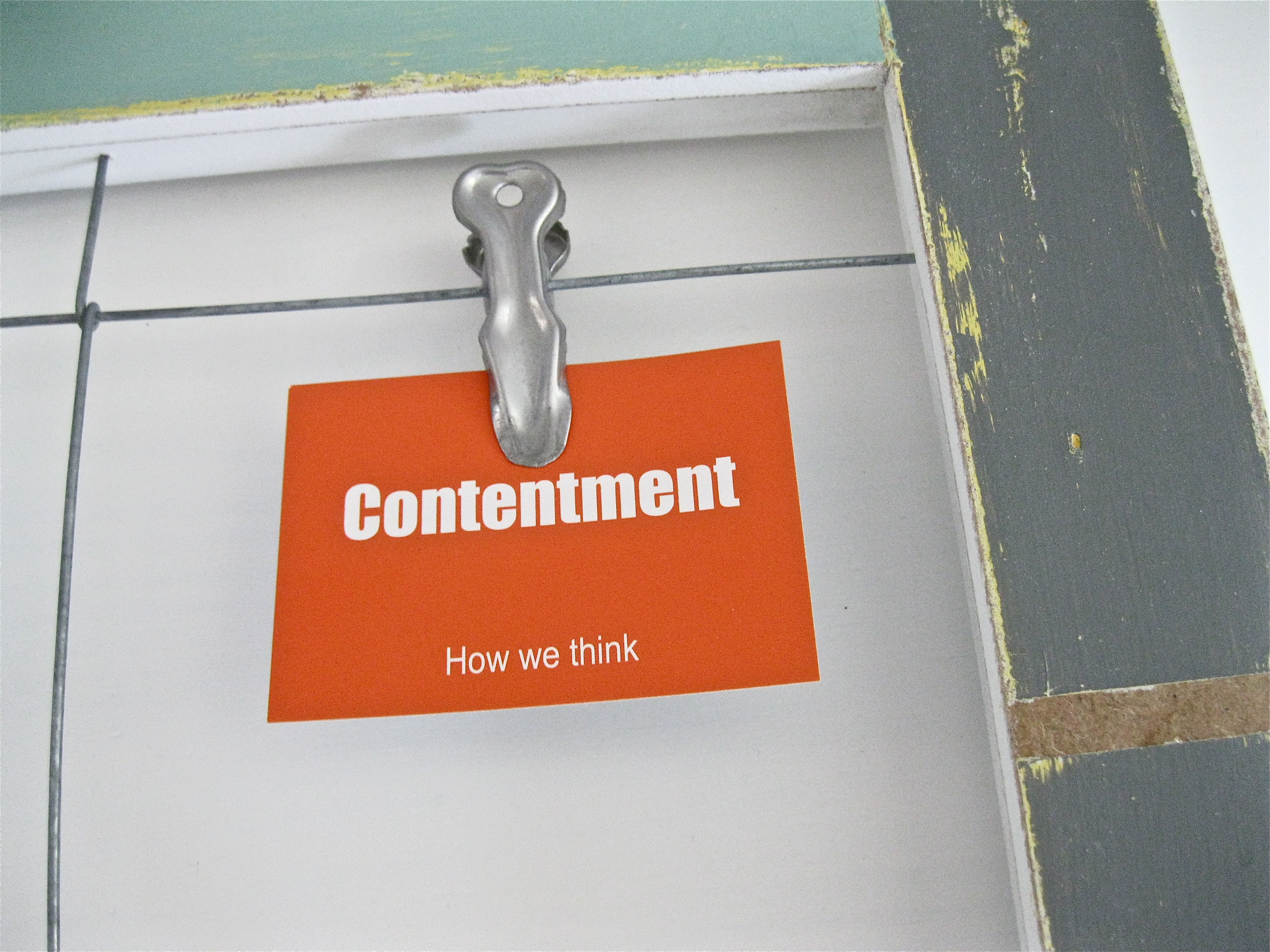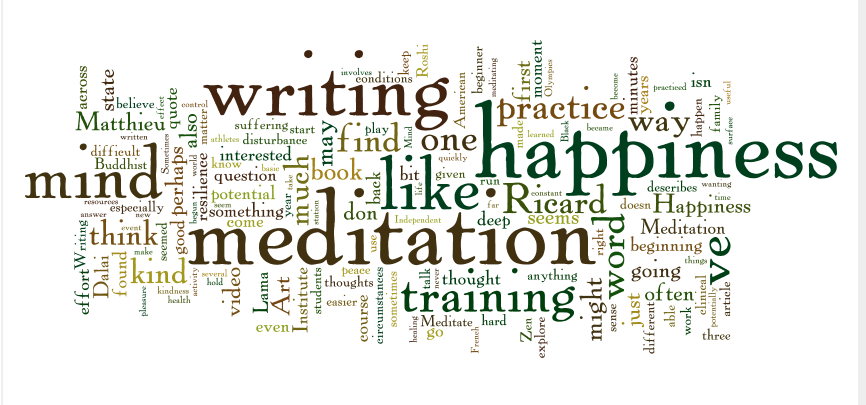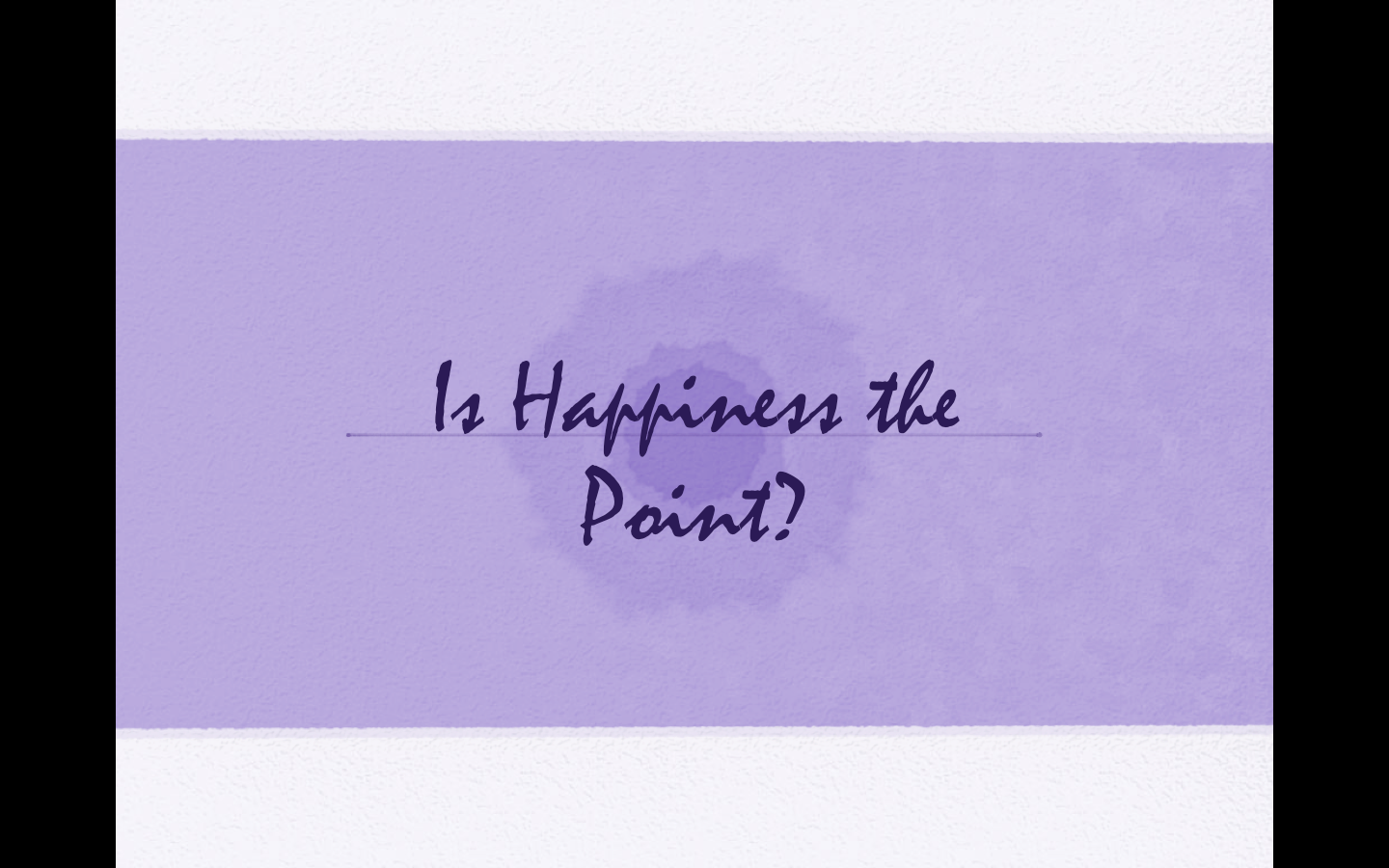Posted by Diane Morrow on March 2, 2014 in Blog, Writing and Meditation

One has to start somewhere as a beginner, and I’ve decided to start here. I ordered Matthieu Ricard’s book, Why Meditate?, but while waiting for its arrival I found this video by him: The Art of Meditation. I realized if I’m going to try and explore connections between writing and meditating, I need to learn quite a bit more about meditation. The 29 minute video is geared toward a beginner audience, like me–someone who might be considering meditation but wants to understand more about it before diving in. Why Matthieu Ricard? His new book, Why Meditate?, showed up on a search, and everything I’ve learned about him since has given me confidence in him as a teacher. He strikes me as one of those experts who’s able to translate and explain his ideas to a beginner–but without condescension. He’s a former biologist, French, who became a Buddhist monk at the age of 30, and has, in recent years, worked with the Mind and Life Institute, a collaboration between scientists and Buddhist scholars. TED, where he’s given a talk on the habits of happiness, describes his attitude toward happiness in this way: “Achieving happiness, he has come to believe, requires the same kind of effort and mind training that any other serious pursuit involves.” I’m attracted to this notion of a mental state requiring training. I’ve always known that writing required training, and, more and more, I’ve come to think the same about healing. These are processes that require effort—they don’t just happen. Robert Chalmer, writing in The Independent in 2007, describes Ricard this way: Matthieu Ricard, French translator and right-hand man for the Dalai Lama, has been the subject of intensive clinical tests at the University of Wisconsin, as a result of which he is frequently described as the happiest man in the world. It’s a somewhat flattering title, he says, given the tiny percentage of the global population who have had their brain patterns monitored by the same state-of-the-art technology, which involves attaching 256 sensors to the skull, and three hours’ continuous MRI scanning. The fact remains that, out of hundreds of volunteers whose scores ranged from +0.3 (what you might call the Morrissey zone) to -0.3 (beatific) the Frenchman scored -0.45. He shows me the chart of volunteers’ results, on his laptop. To find Ricard, you have to keep scrolling left, away from the main curve, until you eventually find him – a remote dot at the beginning of the x-axis. I don’t know much about these happiness scans—or what his scan might have looked like, say, when he was twenty-five, before he became a monk—but certainly this is intriguing. Chalmers also writes this, one of the reasons I rather like and have a tendency to trust the article: In the foreword to Happiness, the psychologist Dr Daniel Goleman describes how a three-hour wait at an airport “sped by in minutes, due to the sheer pleasure of Matthieu’s orbit” – a phrase which had made me faintly nauseous when I first read it. Now, it seems to make perfect sense. Ricard exudes a sense of tranquillity, kindness and – surprisingly enough – humour. Skeptical journalist won over by tranquility, kindness, and humor. I like that Matthieu Ricard opens the video with a very basic question. This...
read more





